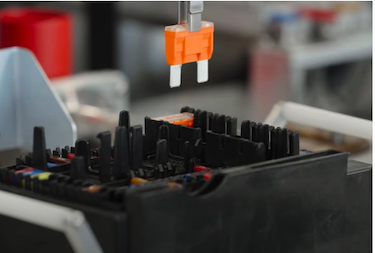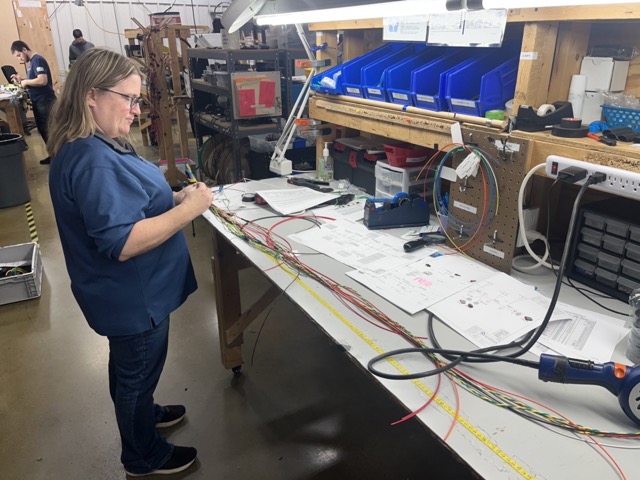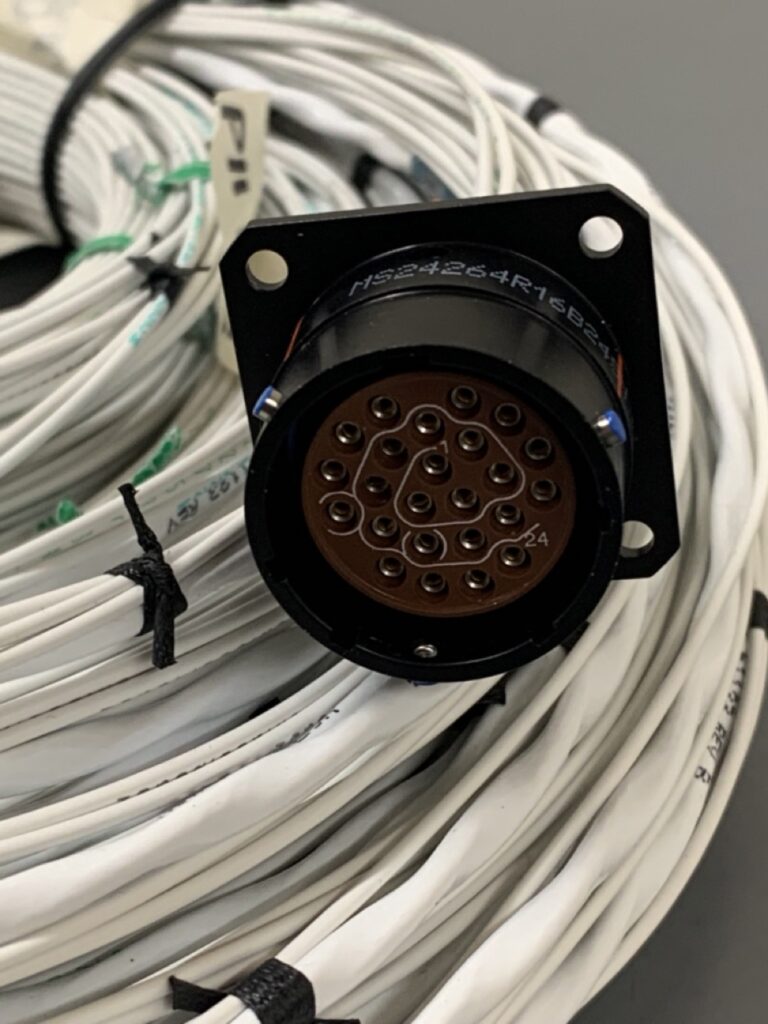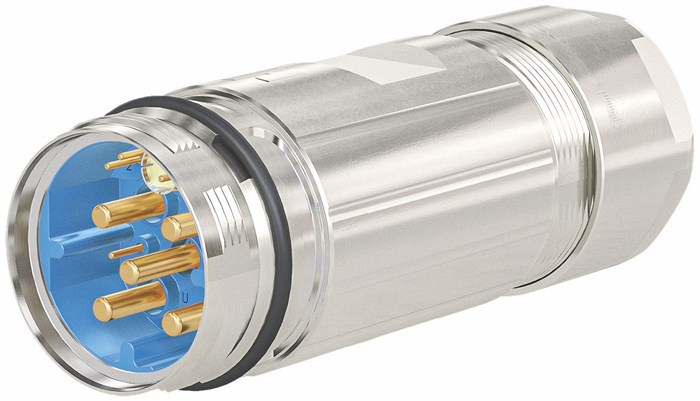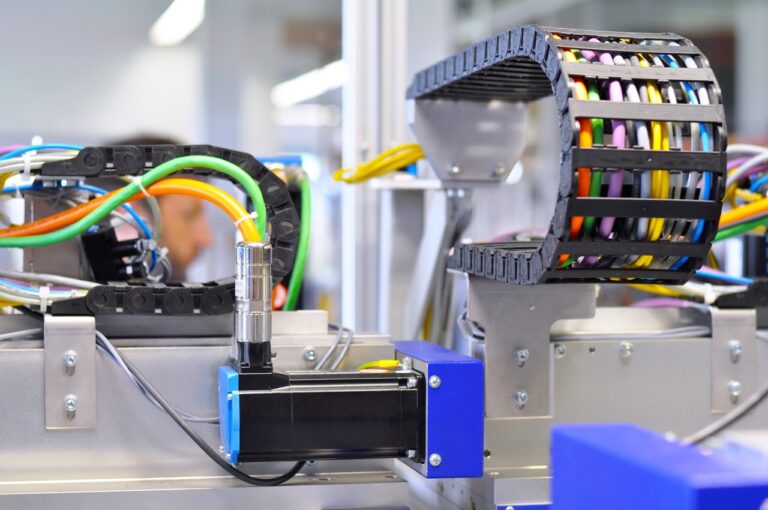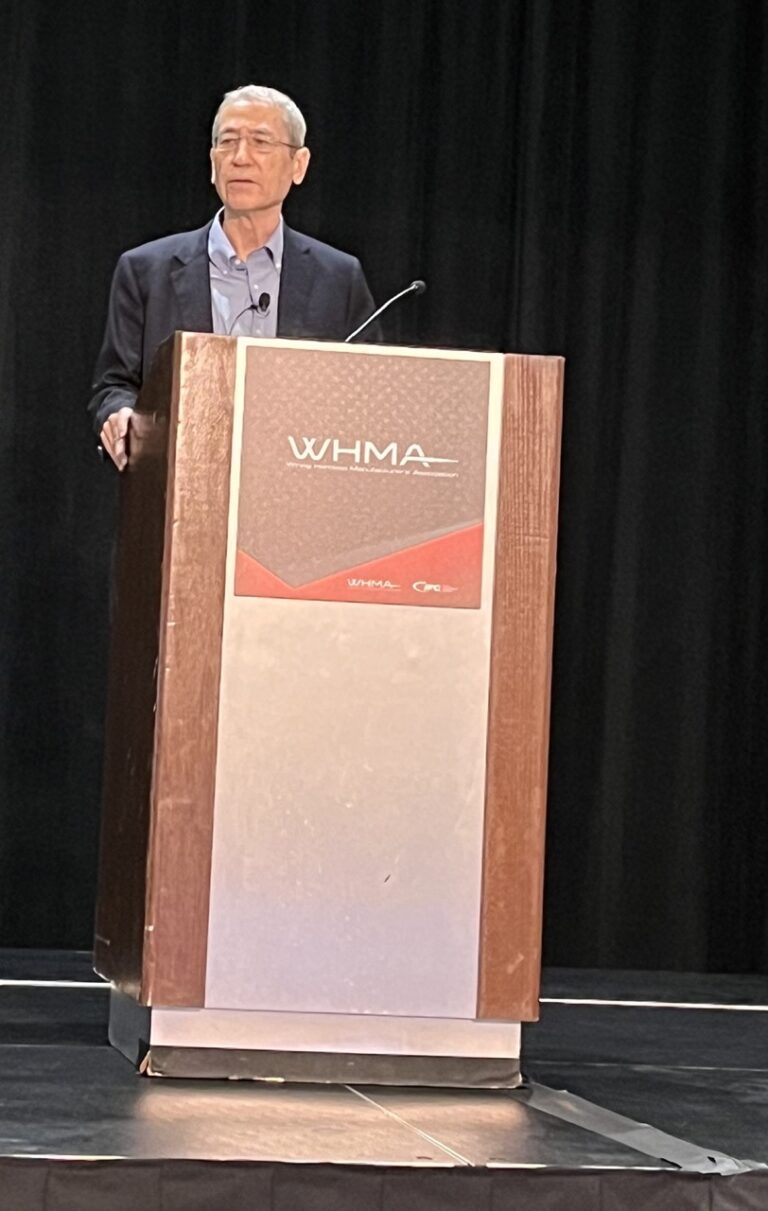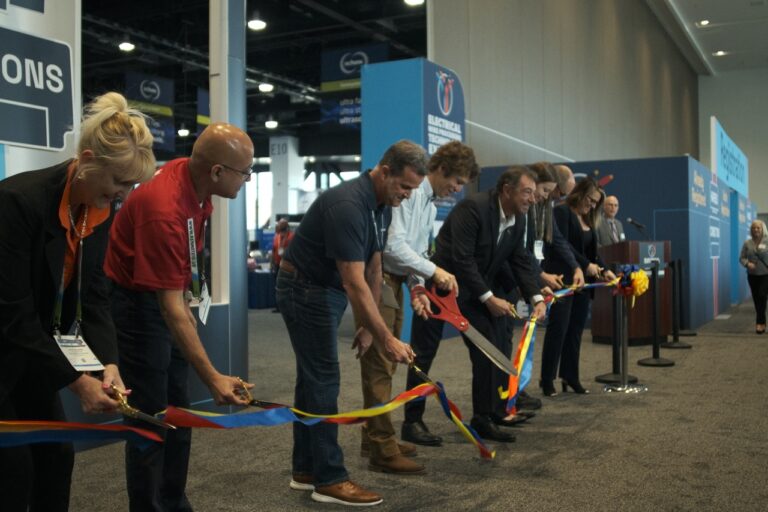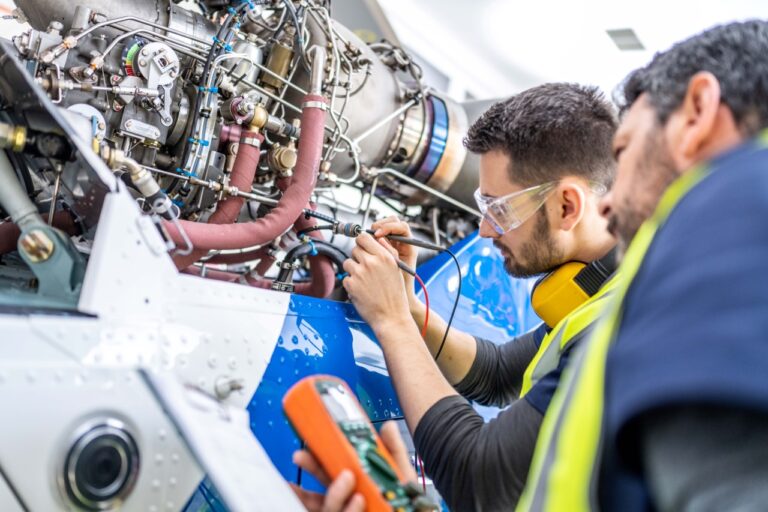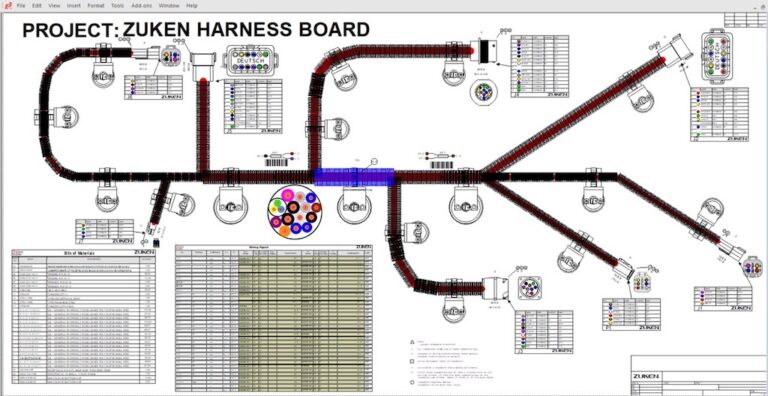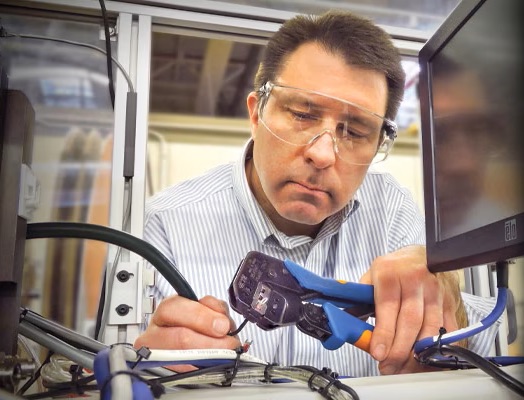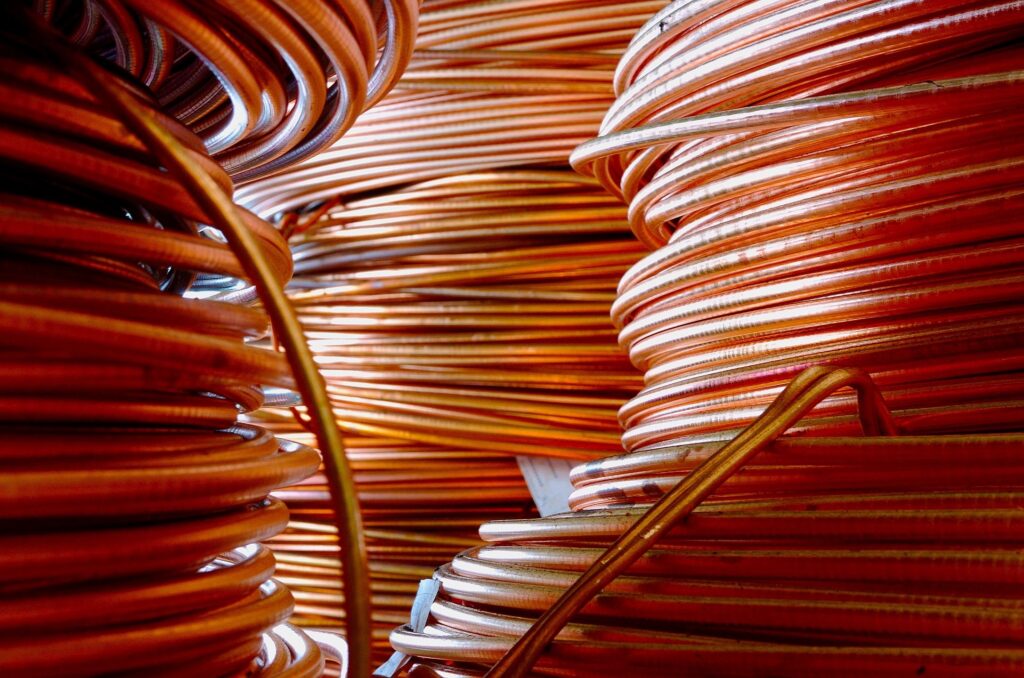In every issue of Wiring Harness News, Anixter will bring you informative articles about wire and cable technology.
Ethylene Propylene Diene Monomer (EPDM) Insulated Wire and Cable
EPDM rubber was developed in the early 1960s as chemical compa- nies and chemists set out to produce unique synthetic elastomers. After its first initial discovery, the DuPont chemical company was the first to re- fine the rubber into the product that we know today.The Ethylene Propyl- ene Diene Monomer compound is created by chemically cross-linking the elastomer.
EPDM wire and cable products are nearly identical with many of the physical properties of natural rubber insulations and jacketing compounds with an added property of provid- ing a weather-resistant jacket. EPDM compounds have much better resis- tance to heat, light and ozone as com- pared to unsaturated rubbers like nat- ural rubber, SBR, PCP (Neoprene®) or Polychloroprene. As such, EPDM can be formulated to be resistant to temperatures as high as 150°C, and, properly formulated, can be used
outside for many years or decades without degradation.The one major problem with EPDM compounds is that they are extremely poor in appli- cations where oil is present. EPDM is not to be used in applications where hydrocarbons, such as kerosene, gas- oline and hydrogenated solvents, are present.
EPDM insulation and jackets are compounded with fillers such as car- bon black and calcium carbonate and with plasticizers such as paraffinic oils, and have useful rubbery prop- erties only when crosslinked. Cross- linking typically is performed via continuous vulcanization (CV) with sulfur, but is also accomplished with peroxides (for better heat resistance) or with phenolic resins. High-energy electron beam radiation (irradiated or E-Beam) is used for producing high-quality EPDM wire and cable products.
EPDM has good low-temperature properties, with elastic properties to temperatures as low as -40°C.As the demand for UV-resistant wire and cable increased, so did the use of EPDM for both hook-up wire and electrical cables. EPDM offers great flexibility, durability and is resistant to mois-ture. It also performs well in high temperatures and in high-voltage ap- plications. Typically, EPDM wire and cable is used for high-temperature applications (125° to 150°C), such as appliances.Another use of EPDM compounds is in the manufacturing of medium-voltage test leads. EPDM insulated products can be used as appliance wire and as lead wire for motors, ballasts, transformers, coils or solenoids, where high temperature and/or high voltage is required. Common standards include UL 3284, UL
3374; CSA 1254 from sizes 18 AWG to 4/0.
Common Types of EPDM Wire or Cable
• EPDM Lead Wire, UL 3340, UL 3374, UL 3399
UL 3284 & UL 3340 (Anixter 5MF part numbers)
• EPDM are common insulators for welding cables (Anixter 5J part numbers)
• Appliance wire UL 3399
Contact an Anixter expert at an- ixter.com/contact to learn more.




























